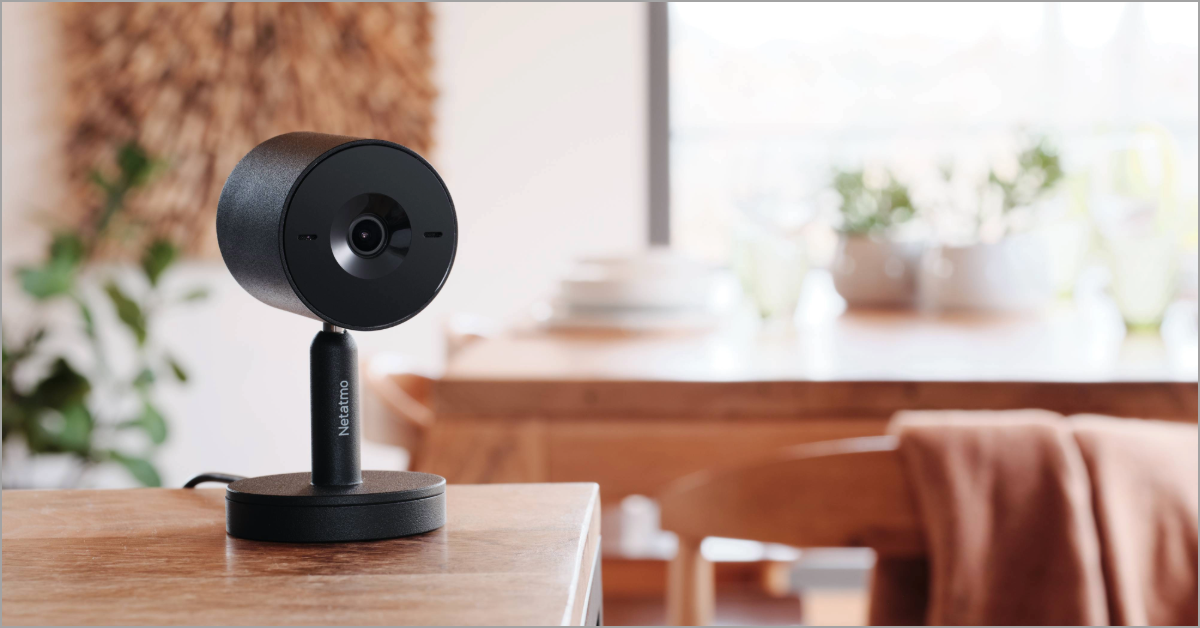
New Indoor Camera Advance
Descubra a nova Câmara Interior AdvanceDescubro

More likely than not, you’ll have seen many hot water radiators throughout your life. A familiar feature in many homes, hot water radiators are often painted white and feature a classic ridged design.
Hot water radiators can be connected up to your home central heating system in order to spread comfortable levels of warmth throughout the home. Hot water radiators are usually made from steel, cast iron or aluminium and are most often used for home heating during the colder winter months. However, once they’re connected up to your home central heating system, you can use your hot water radiators to heat your home as needed all year round.
The operating principle behind hot water radiators that are connected up to your home central heating system is actually quite simple. Hot water circulates through the radiator, which is the source of the heat that diffuses out into the rooms in your home.
Before it enters the radiators, the hot water is heated up by your central heating system. This could be a boiler that runs on gas, oil or wood, a solar heating system or a heat pump, for example.
Once the water is hot, it’s channelled into the hot water radiators throughout your home. Then, the heat moves out from the radiators to heat the air in the room. Depending on the style of your home radiators, this heat can enter the room via two ways: radiation from the hot outer part of the radiators and convection from the movement of the hot water within the radiators.
There are multiple options for your hot water radiators: high or low temperature models, steel, cast iron or aluminium radiators, vertical or horizontal designs to fit the layout of the rooms in your home, and so on.
Whichever radiators you choose, you’ll be able to install these heating devices throughout your home to keep it toasty and warm. Just ensure they’re all connected up to your central heating system!
Did you know that you can add a Netatmo Smart Thermostat on your hot water radiators? This easy to install device allows you to remotely control and program your home heating while you’re out, optimising your heating consumption and reducing your home heating bills.
Material, temperature options, design, connection to your home central heating system, efficiency and price are the main varying factors when it comes to choosing the right hot water radiators for your home.
These are some of the oldest hot water radiators. Often painted white and in a classic ridged style, these hot water radiators are rather efficient, while they do take a while to increase the temperature of the rooms in your home.
Vitally, these hot water radiators provide significant inertia, meaning they continue to heat your home even after they’re turned off! This is a vital factor for your home heating efficiency.
These hot water radiators provide faster heating for your home when compared to their older iron counterparts.
Multiple steels sheets are assembled to form several hollow panels that make up the radiator. Then, the hot water flows into these hollow radiator panels.
These radiators heat up rapidly and also have significant levels of inertia, which contribute to your home heating. Plus, steel hot water radiators can be fitted with additional elements in order to boost the heat they diffuse into your home via convection.
You should only install aluminium hot water radiators in the best insulated parts of your home as they have relatively low inertia. These hot water radiators do heat up very quickly, but they cool down very quickly, too.
Aluminium hot water radiators are also susceptible to corrosion.
Classic hot water radiators are high temperature models (70 to 90 degrees centigrade). These are often sold at lower prices to low temperature radiators.
Low temperature radiators are mostly larger, more economical with energy and emit pleasant levels of warmth, but are often more expensive than high temperature radiators. Low temperature models are far more efficient, reducing heat loss throughout your home central heating.
By choosing the right design for your hot water radiators, you can optimise the space in the rooms of your home, as well as the distribution of heat throughout your home.
Size and design options will depend on where and how you wish to install your hot water radiators within your home.
You’ll often find that aluminium and steel hot water radiators are the more budget-friendly options for home heating. In particular, steel hot water radiators can be a low cost option for heating your home via your central heating system. By contrast, cast iron hot water radiators are the more expensive choice.
Choosing the right hot water radiators for your home means thinking about a few different factors: radiator design, material (cast iron, aluminium or steel), low or high temperature radiators, connection options to your central heating system, and so on. With so many options out there, you’re sure to find the perfect hot water radiators for your home heating!